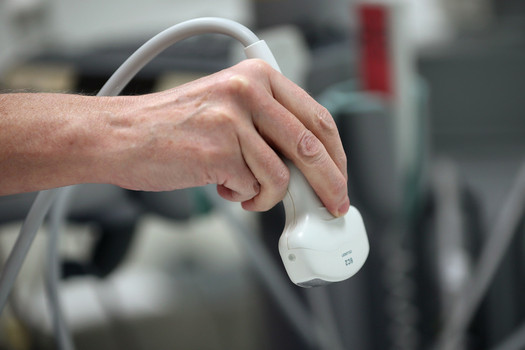Other than the much dreaded skin cancer breast cancer is the most common cancer for American women. Stats from the American Cancer Society reveal that about 1 in 8 women in the US will develop invasive breast cancer. Their numbers also estimate will be 231,840 new cases of invasive breast cancer, 62,290 of carcinoma in situ and over 40,000 deaths from the disease. That makes breast cancer the second leading cause of death in women, after lung cancer. Since there are no tried and true proven ways to completely eliminate any risk of developing the disease early detection is the best course of action to survive a diagnosis.
In a recent study published in The Lancet it was found that when researchers added ultrasound to standard mammography tests in breast screening it improved rates of detection. Researchers led by Professor Noriaki Ohuchi, from Tohoku University Graduate School of Medicine, in Miyagi, Japan, selected over 70,000 women in Japan aged between 40 and 49 to take part in the J-START trial. Of the women chosen half were given standard mammography screening, and the other half had ultrasound testing in addition to mammography. These screenings took place over the course of two years.
The results show that ultrasound combined with mammography resulted in correct identifications of cancer in 91% of cases, conversly for the women who were screened using only mammography alone, only 77% identified that there was breast cancer. The results additionally found that by adding ultrasound breast cancer was also detected at an earlier stage. The rates of breast cancer here in the US are high but they are also rapidly increasing in Japan and other Asian countries. Breast cancer tends to present at an earlier age there than it does in America and Asian women tend to have denser breast tissue a fact known to reduce the accuracy of mammography.
“Our results suggest that adding ultrasound to mammography results in more accurate screening results for women in Japan, which could ultimately lead to improved treatment and reduced deaths from the disease,” Professor Ohuchi has said. “Further work will now be needed to see if these results can be extended to other countries in Asia. In addition, long-term follow-up of these results will determine whether including ultrasound tests in breast cancer screening ultimately affects the likelihood of successful treatment and survival, as we would expect.”








